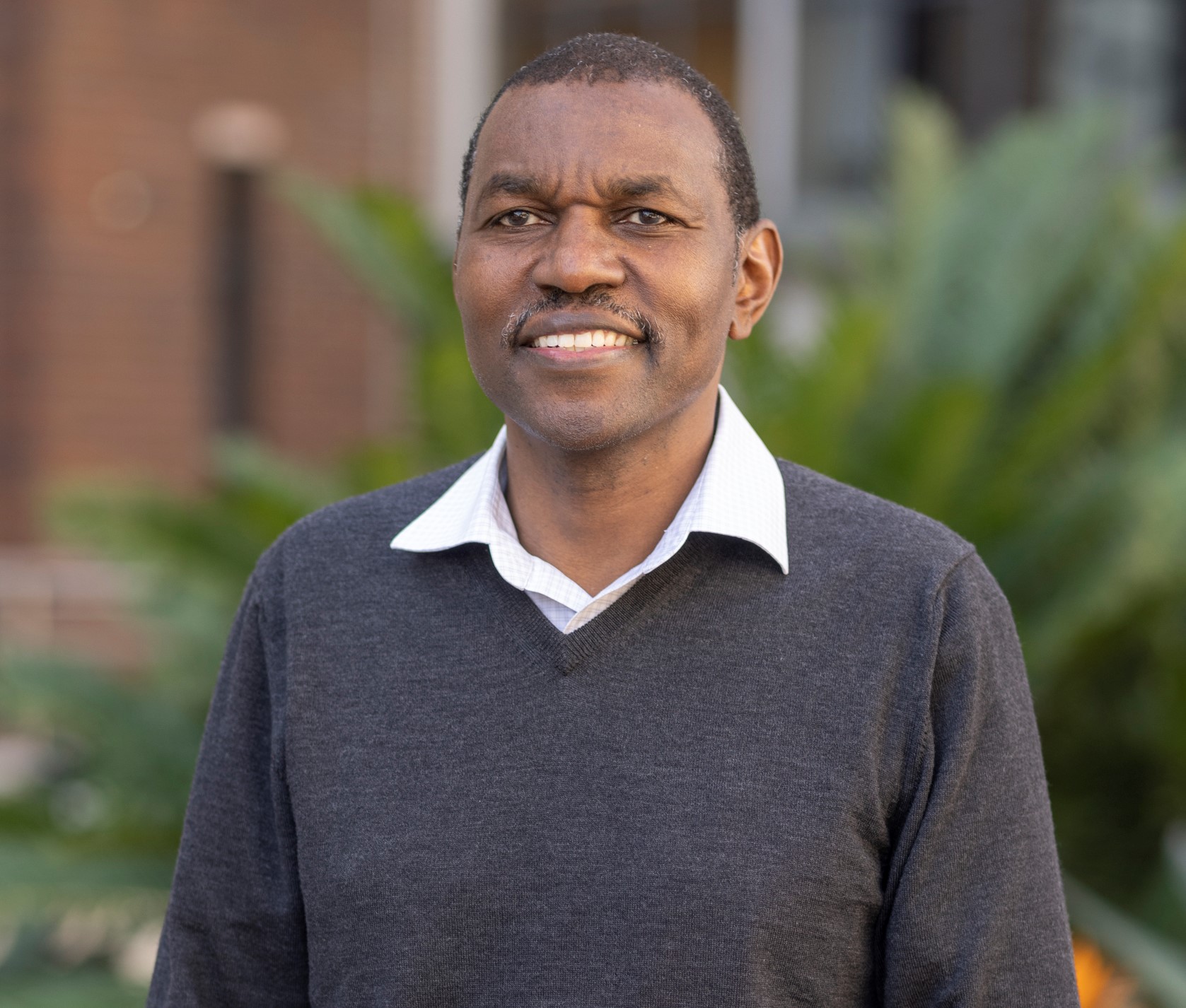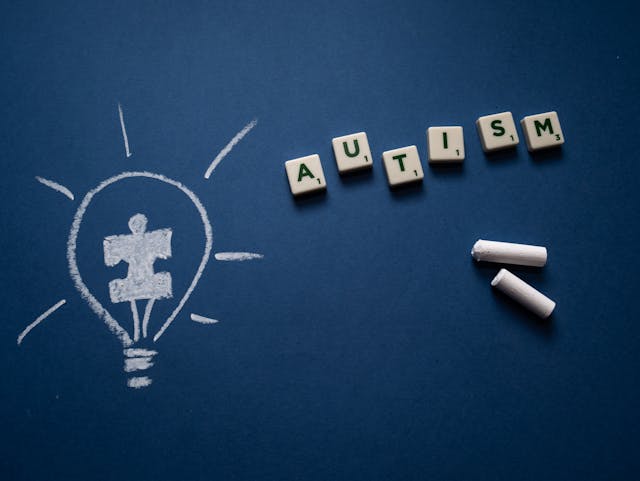How to Cook a Ham Perfectly, The Ultimate Guide for Spiral, Bone-In, and Pre-Cooked Hams Plus a 10 LB ham.
Ham is a holiday favorite and a weekend classic, beloved for its rich, savory flavor and versatility. Whether you’re preparing a family dinner or hosting a holiday feast, knowing how to cook a ham in the oven can elevate your meal from good to unforgettable.
This guide will walk you through everything you need to know about how to cook a spiral ham, bone-in ham, or pre-cooked ham—including how long to cook a 10 pound ham, how to prepare a glaze, and tips for the juiciest result.
1. Choosing the Right Ham: Bone-In, Spiral, or Pre-Cooked?
Before diving into cooking times, it’s important to understand the different types of ham you might be working with:
- Bone-in ham: A traditional favorite that adds flavor and moisture during cooking.
- Spiral ham: A pre-sliced ham that is often pre-cooked and just needs reheating.
- Pre-cooked ham: Fully cooked and requires warming rather than cooking from scratch.
Each type has its own cooking time and method. Let’s explore those below.
2. How Long to Cook a 10 Pound Ham?
One of the most common questions is: how long to cook a 10 pound ham? The answer depends on the type of ham and your cooking method.
One For Pre-Cooked Bone-In Ham:
- Temperature: 325°F (163°C)
- Time: 15 minutes per pound
- Total: About 2 hours and 30 minutes for a 10-pound ham
Two For Uncooked Bone-In Ham:
- Temperature: 325°F (163°C)
- Time: 18 to 20 minutes per pound
- Total: Roughly 3 to 3.5 hours
Three For Spiral Ham:
- Temperature: 325°F (163°C)
- Time: 10 to 15 minutes per pound
- Total: Around 2 to 2.5 hours for a 10-pound spiral ham
Always use a meat thermometer. The internal temperature should reach 145°F for fresh ham or 140°F for pre-cooked ham.
3. How Long to Cook a Spiral Ham?
If you’ve bought a spiral-cut ham, you’re in luck. It’s one of the easiest types to prepare. Spiral hams are typically pre-cooked, meaning you only need to warm it through without drying it out.
Oven Method:
- Wrap the ham in foil to keep it moist
- Heat at 325°F for 10-12 minutes per pound
- A 10 lb spiral ham will take about 2 hours
- Check internal temperature reaches 140°F
Want an extra juicy ham? Baste it with pan juices or glaze every 30 minutes.
4. How to Cook a Pre-Cooked Ham
How long to cook a pre-cooked ham depends on its size and type (bone-in or boneless). Most hams are labeled as “fully cooked” and only require gentle reheating.
Oven Method:
- Preheat oven to 325°F
- Place ham in a baking dish and cover with foil
- Bake for 15 minutes per pound
- For a 10 lb ham, cook for about 2.5 hours
To prevent drying out, add a splash of water, broth, or juice to the pan.
5. How to Cook a Ham Glaze
Adding a glaze gives your ham a glossy, flavorful crust. Here’s a simple brown sugar glaze recipe:
Ingredients:
- 1 cup brown sugar
- 1/2 cup honey or maple syrup
- 2 tablespoons Dijon mustard
- 1/4 teaspoon ground cloves (optional)
Method:
- Simmer all ingredients over medium heat until slightly thickened
- Brush glaze over ham during the last 30 minutes of baking
- For extra caramelization, uncover the ham for the last 10 minutes
6. How to Cook a Ham in a Crock-Pot
Want to make ham effortlessly? Try slow cooking.
Instructions:
- Use a 6-quart Crock-Pot or larger
- Place ham cut-side down with a little water or pineapple juice
- Cook on low for 4-6 hours, depending on size
This method is perfect for a small ham in the oven alternative or a holiday spiral ham.
7. How Long to Cook Bone-In Ham
Bone-in hams tend to have more flavor and moisture. You’ll need to cook them longer than boneless or spiral options.
- Preheat oven to 325°F
- Cook for 18-20 minutes per pound if raw
- Cook for 15 minutes per pound if pre-cooked
- A 9 to 11 lb ham will take about 2.5 to 3.5 hours
8. Pro Tips for Perfect Ham
- Use a meat thermometer: Never rely on time alone.
- Let it rest: Rest the ham for 15-20 minutes before slicing.
- Slice against the grain: Keeps it tender and juicy.
- Add moisture: Pineapple juice, apple cider, or broth helps during cooking.
- Leftovers: Make ham sandwiches, soups, or breakfast hash!
Final Thoughts
Knowing how long to cook a 10 pound ham, or whether you’re working with a spiral ham in the oven or a bone-in ham, is essential for a successful holiday meal. Whether you’re baking it, slow cooking, or using a sweet glaze, following the right timing and temperature ensures your ham is juicy, tender, and bursting with flavor.
So, next time you’re wondering how to cook a spiral ham, how long to cook a pre-cooked ham, or even how long to cook a 9 pound ham, just come back to this guide. You’ll have the answers, and a delicious ham every time.
Want more tips for cooking or planning your next holiday feast? Bookmark this blog and share it with fellow home chefs!









